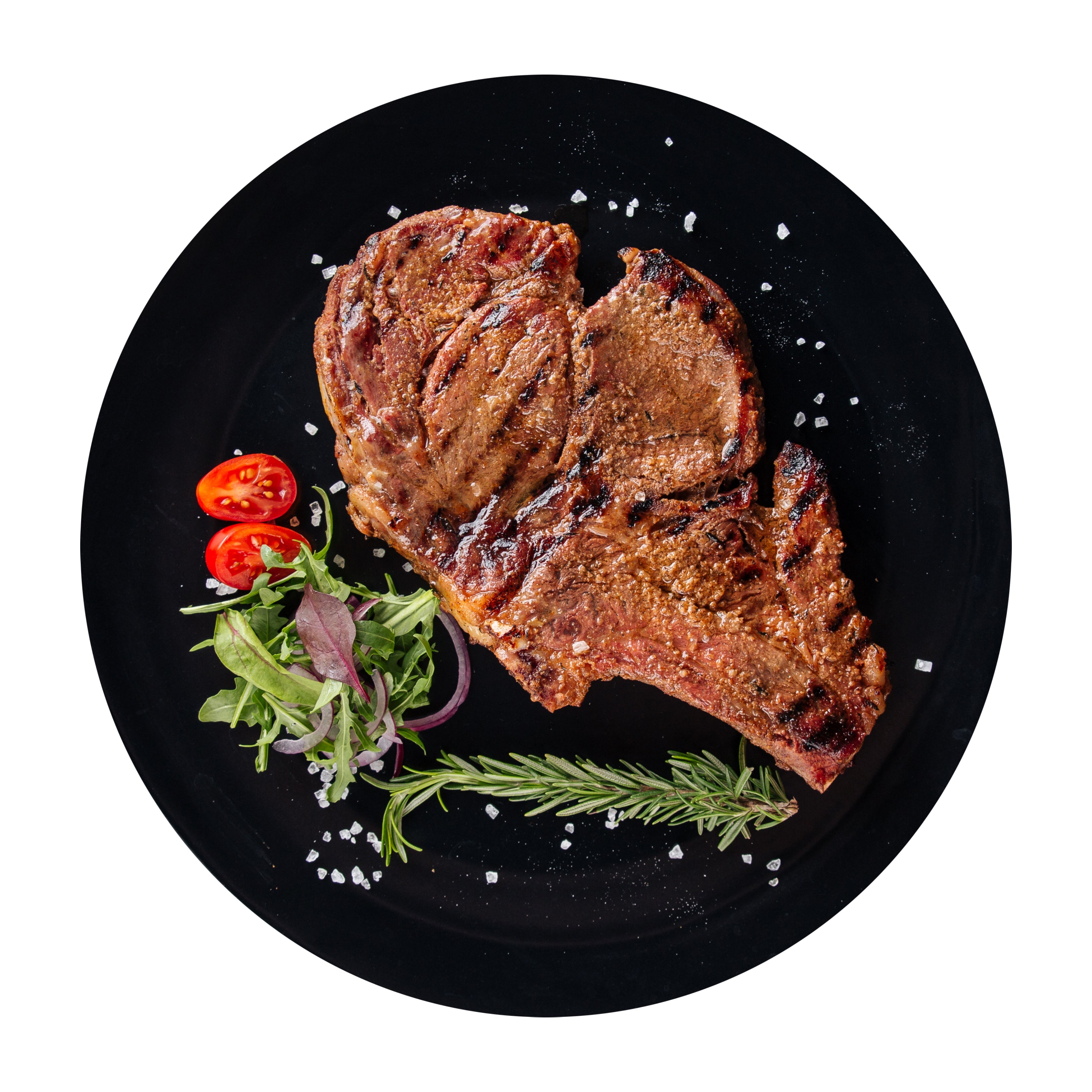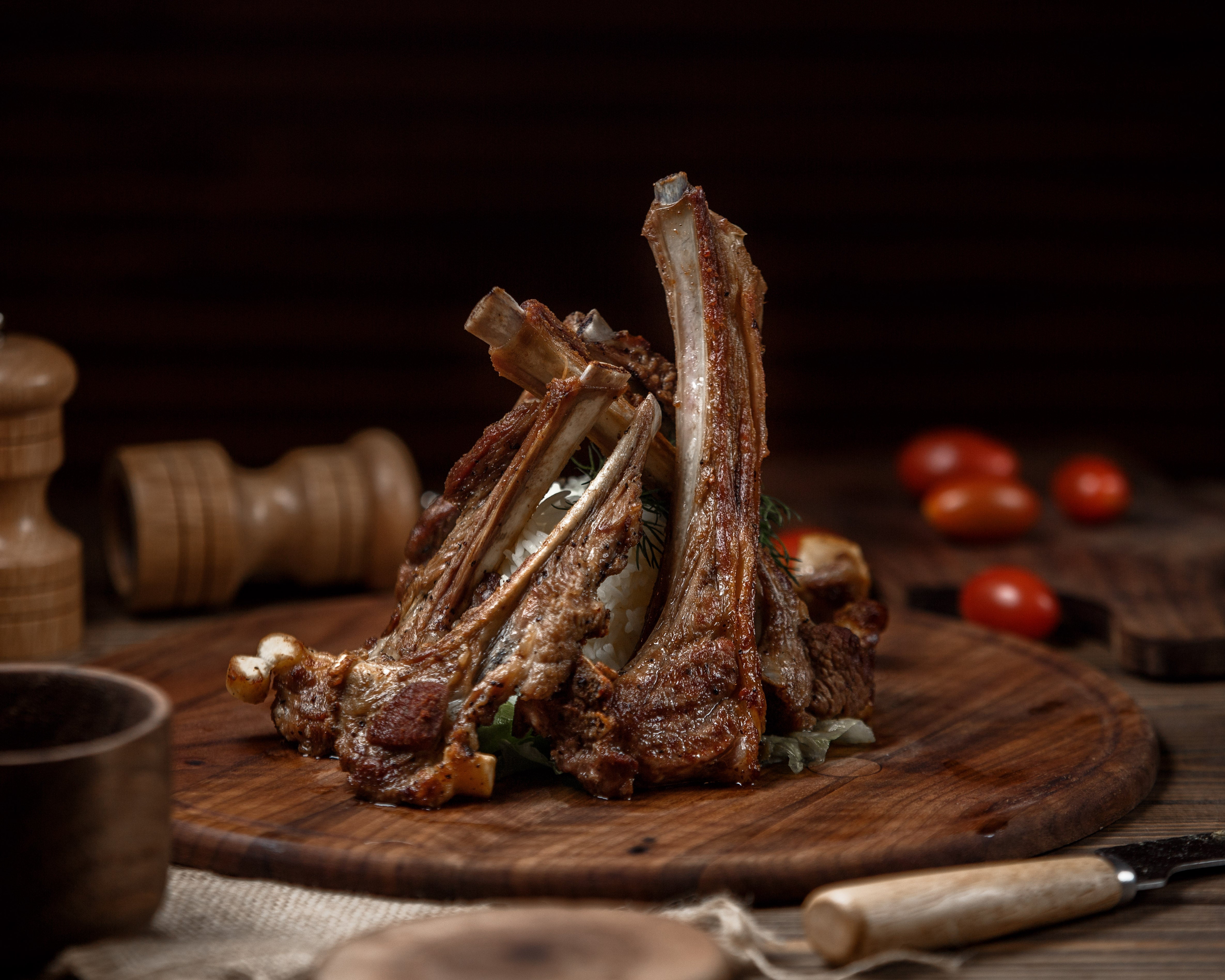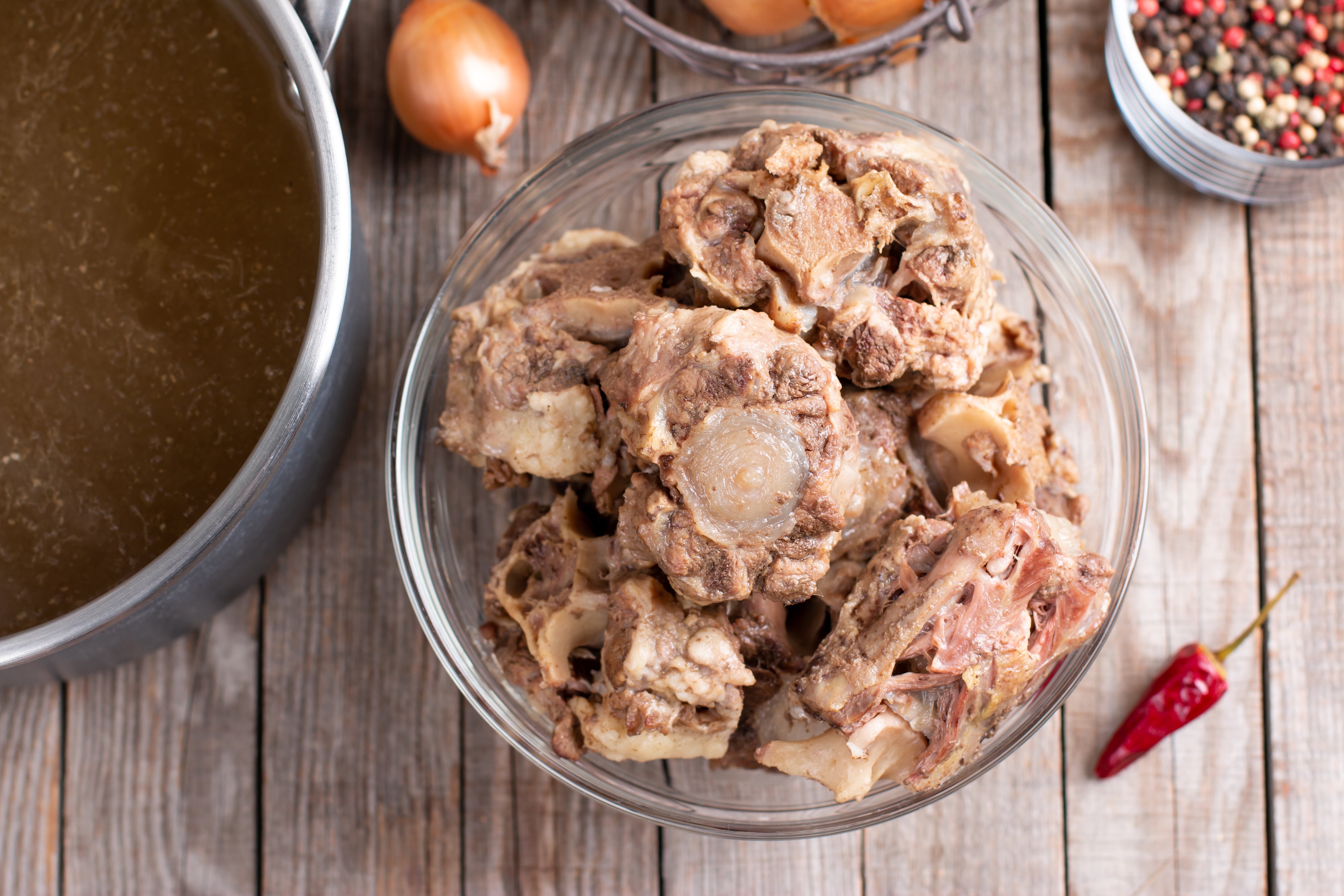
Delicious Halal Mongolian Beef Recipe: Bold Flavors Made Easy
Mongolian beef is a beloved dish known for its rich, savory, and slightly sweet flavor. While many restaurants serve this dish with questionable ingredients, this Mongolian beef recipe ensures a 100% halal-friendly experience without compromising on taste. Whether you're looking to recreate a restaurant-quality dish at home or enjoy a halal twist on this classic, this guide has everything you need.
Why This Mongolian Beef Recipe Stands Out
Unlike the generic versions found online, this Mongolian beef recipe takes an authentic yet refined approach to balance flavors and textures. With the right combination of premium halal beef, homemade sauce, and expert cooking techniques, you'll achieve restaurant-quality results in your own kitchen.
Plus, this version is easy to follow and doesn't require any exotic or hard-to-find ingredients. In just 30 minutes, you can have a dish that tastes like it's straight from a high-end Asian restaurant.
The Origins of Mongolian Beef
Despite its name, Mongolian beef isn’t actually from Mongolia. The dish originated in Taiwan, where it was inspired by Chinese stir-fry techniques. Over time, it became a staple in Chinese-American cuisine, loved for its bold flavors, tender beef, and glossy sauce. This version stays true to its roots while making sure it’s completely halal and accessible to all home cooks.
Ingredients for the Best Mongolian Beef Recipe
To make this Mongolian beef recipe, you'll need:
Main Ingredients:
- 1 lb (450g) halal beef (flank steak, sirloin, or ribeye), thinly sliced
- 1/4 cup cornstarch (for a crispy exterior)
- 2 tbsp vegetable oil (or sesame oil for added flavor)
The Signature Mongolian Sauce:
- 1/2 cup soy sauce (use a halal-certified brand)
- 1/4 cup brown sugar (adjust for desired sweetness)
- 2 cloves garlic, minced
- 1-inch piece ginger, grated
- 1/2 cup water
- 1 tsp red pepper flakes (optional, for spice)
- 1 tbsp hoisin sauce (ensure halal certification)
- 1 tsp cornstarch mixed with 2 tbsp water (to thicken the sauce)
Garnishes and Extras:
- 2 green onions, chopped
- 1 tsp sesame seeds (optional, for garnish)
- Steamed rice or noodles for serving
Step-by-Step Guide to the Perfect Mongolian Beef Recipe
1. Prepare the Halal Beef
Start by slicing the halal beef against the grain into thin strips. This ensures tenderness in every bite. Toss the slices in cornstarch, coating them evenly. This step helps create the signature crispy texture when fried and also thickens the sauce later.
2. Create the Signature Sauce
In a small saucepan, combine soy sauce, brown sugar, garlic, ginger, water, hoisin sauce, and red pepper flakes. Bring to a gentle simmer over medium heat, then stir in the cornstarch slurry to thicken the sauce. Let it cook for about 5 minutes, stirring occasionally, until it reaches a glossy consistency. Set aside.
3. Cook the Beef to Perfection
Heat oil in a wok or large skillet over medium-high heat. Once hot, add the halal beef slices in a single layer. Sear for about 1-2 minutes per side until crispy and golden brown. You may need to do this in batches to avoid overcrowding the pan. Remove and set aside.
4. Combine and Serve
Return the cooked halal beef to the pan and pour in the Mongolian sauce. Stir well to coat each piece in the rich, glossy sauce. Add chopped green onions and sesame seeds for a final touch. Let it simmer for 1-2 minutes, then serve hot over steamed rice or noodles.
What Makes This Mongolian Beef Recipe Halal?
If you’re looking for a halal version of this dish, here are a few things to keep in mind:
- Choose halal-certified soy sauce and hoisin sauce – Some sauces contain alcohol-based preservatives, so always check labels.
- Use halal beef – Make sure your meat is from a certified halal source.
- Skip any non-halal flavor enhancers – Some recipes include rice wine or other alcohol-based seasonings, which we completely avoid in this recipe.
Pro Tips for the Best Mongolian Beef Recipe
- Choose High-Quality Halal Beef: Opt for well-marbled cuts like ribeye or sirloin for extra tenderness.
- Use Cornstarch Wisely: This ingredient is crucial for creating the crispy texture in the beef.
- Control the Sweetness: Adjust the sugar level based on your preference for a sweeter or more savory dish.
- Balance the Heat: Add chili flakes or Szechuan peppercorns for a spicier version.
- Enhance the Flavor: A splash of rice vinegar or a squeeze of lime can elevate the taste.
Frequently Asked Questions (FAQ)
Is This Mongolian Beef Recipe Truly Halal?
Yes! Every ingredient used in this recipe is halal-friendly. Be sure to check labels on soy sauce and hoisin sauce for halal certification.
Can I Make This Mongolian Beef Recipe Without Cornstarch?
Yes, but cornstarch helps create a crispy exterior and thickens the sauce. If avoiding cornstarch, try arrowroot powder as a substitute.
How Do I Store Leftovers?
Store leftover Mongolian beef in an airtight container in the fridge for up to 3 days. Reheat in a skillet to retain the texture. Avoid microwaving, as it can make the beef chewy.
Can I Use Chicken Instead of Beef?
Absolutely! If you prefer chicken, use boneless, skinless chicken breast or thighs, and follow the same cooking process. Chicken cooks a little faster, so reduce cooking time accordingly.
What Side Dishes Go Well With Mongolian Beef?
- Steamed jasmine rice – A classic pairing that soaks up the sauce beautifully.
- Garlic noodles – Perfect for an extra savory kick.
- Stir-fried vegetables – Broccoli, bok choy (chinese cabbage), or bell peppers add freshness and crunch.
- Egg rolls or dumplings – A delicious appetizer to complement the dish.
Conclusion
This Mongolian beef recipe is an absolute game-changer for those who want a halal-friendly, restaurant-style dish at home. With its perfect balance of flavors, crispy beef, and rich sauce, it's bound to become a household favorite. Try it today and experience the magic of homemade Mongolian beef!
Whether you're making it for a family dinner or meal prepping for the week, this recipe is quick, easy, and bursting with authentic flavor. Enjoy!







